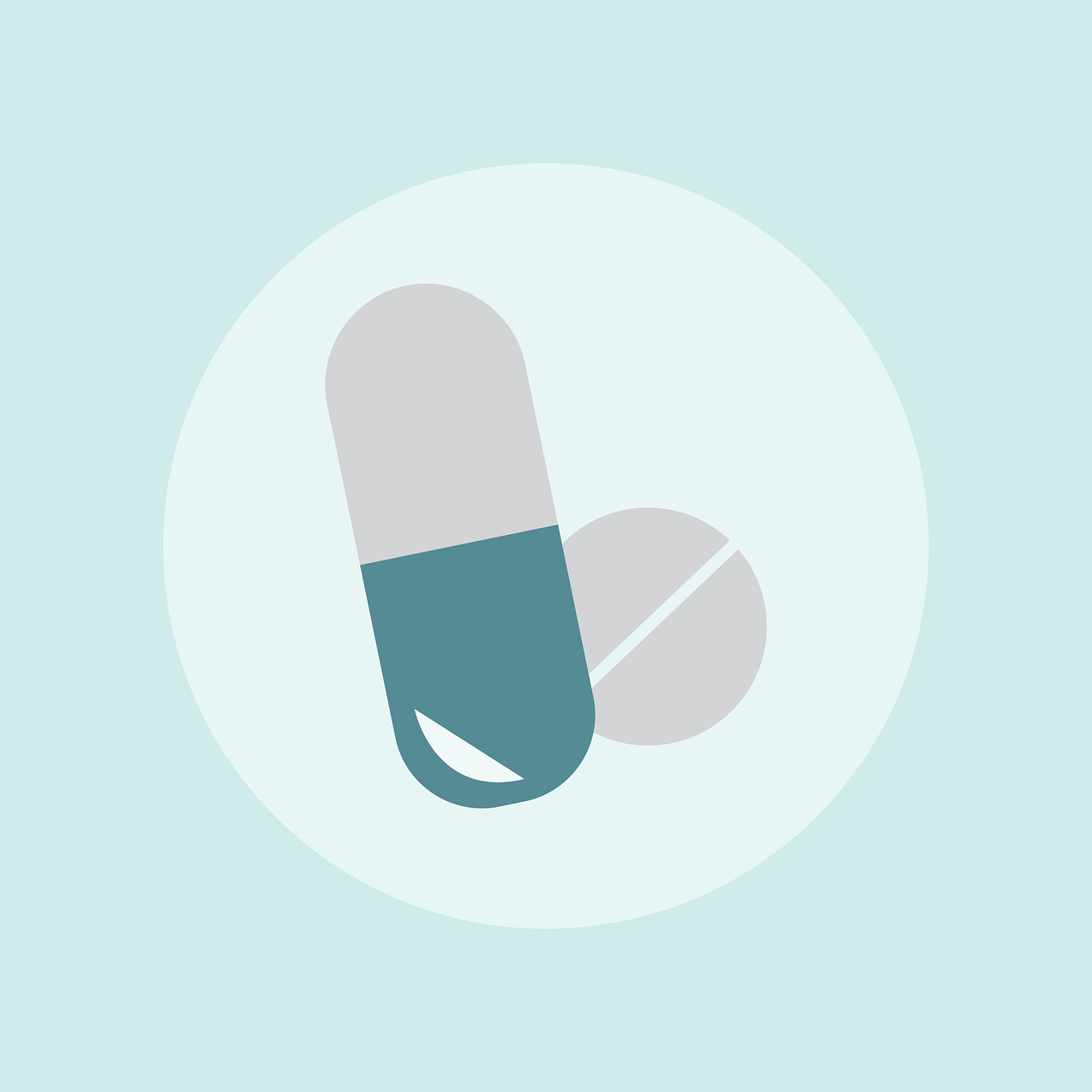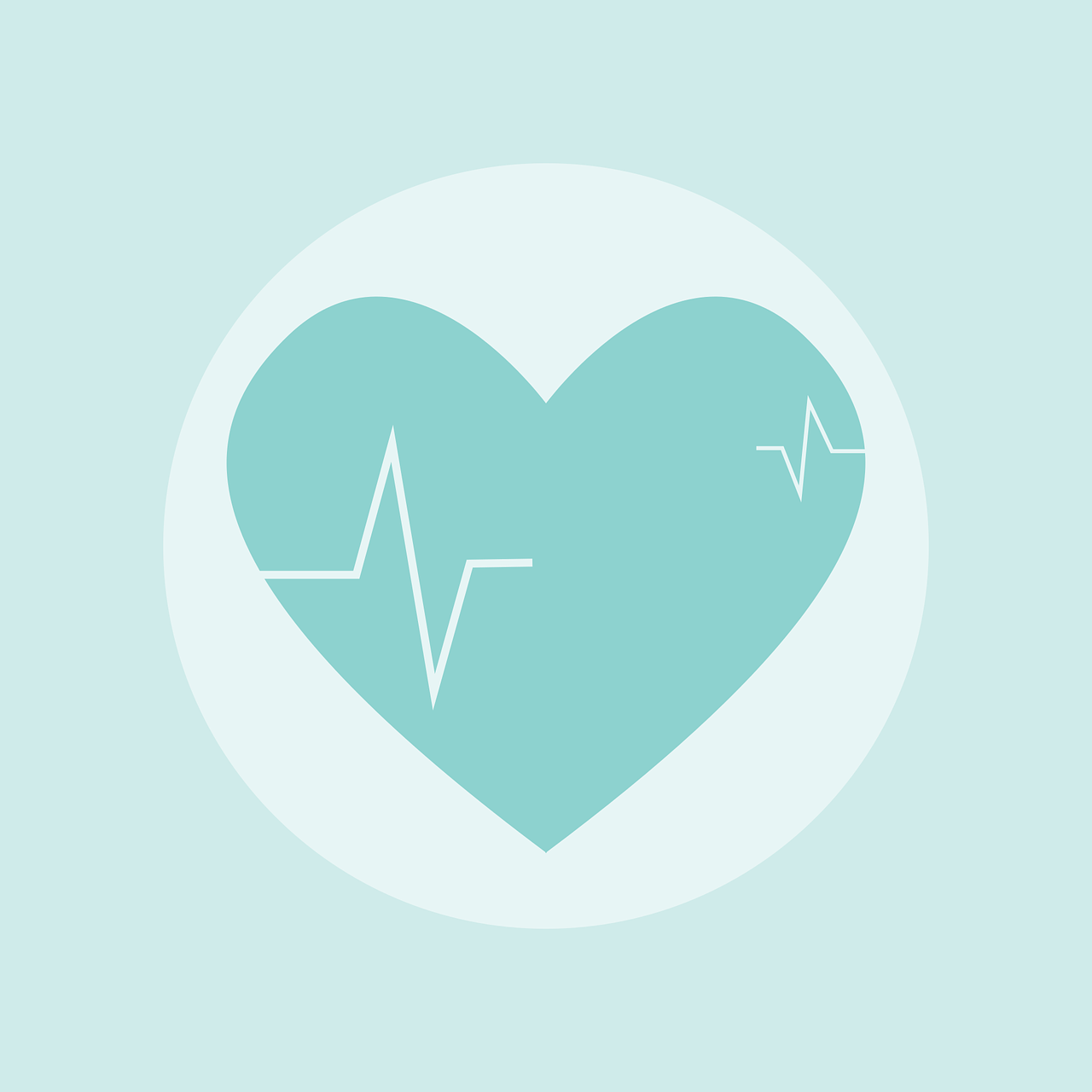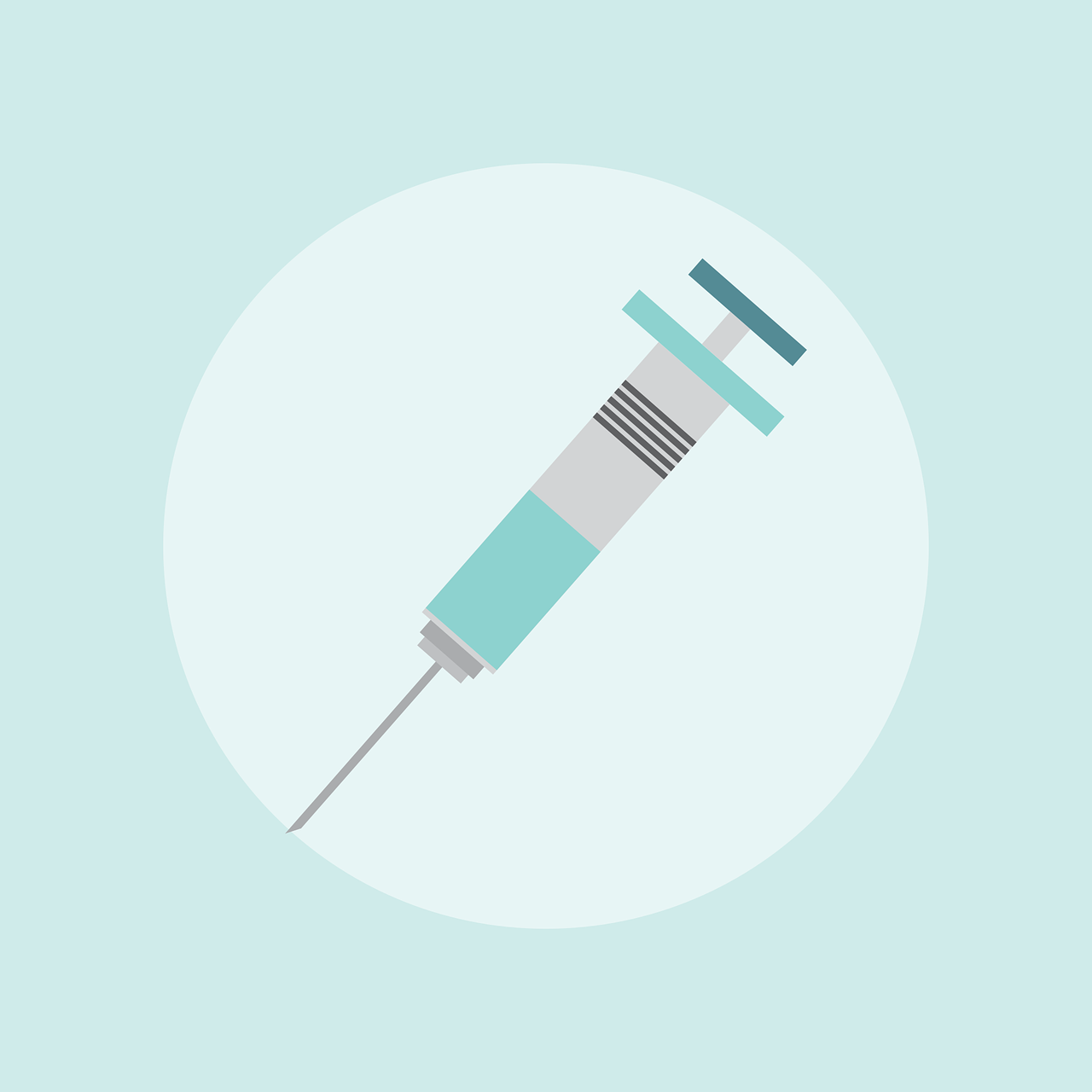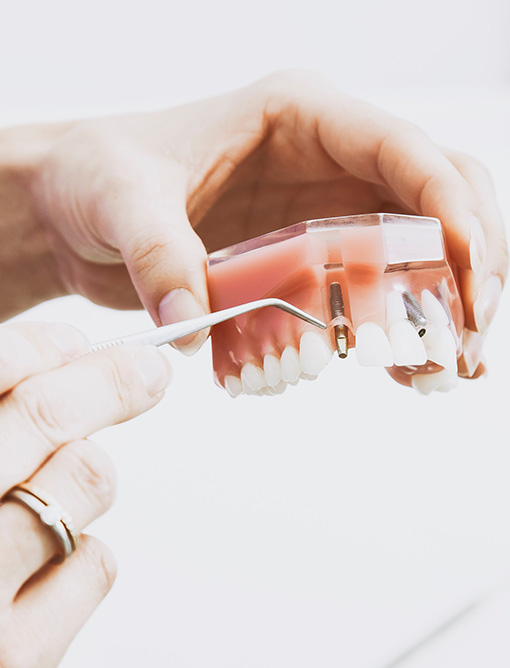Cytarabine
(sye-TARE-a-been)
Trade names: Ontrance®
Other names: Ara-C, Arabinosylcytosine
Cytarabine is the generic name for the trade name drug Cytosar-U®. In some cases, health care professionals may use the name Ara-C or arabinosylcytosine when referring to the generic drug name cytarabine.
Drug type: Cytarabine is an anti-cancer ("antineoplastic" or "cytotoxic") chemotherapy drug. This medication is classified as an "antimetabolite." (For more detail, see "How cytarabine works" section below).
What Cytarabine Is Used For:
• Cytarabine is used to treat different forms of leukemia, including acute and chronic myelogenous leukemia (AML and CML), acute lymphocytic leukemia (ALL), and acute promyelocytic leukemia (APL). It is also used to treat Hodgkin's lymphoma, as well as meningeal leukemia and other types of lymphoma (cancers found in the lining of the brain and spinal cord).
Note: If a drug has been approved for one use, physicians may elect to use this same drug for other problems if they believe it may be helpful.
How Cytarabine Is Given:
• Cytarabine may be given as an infusion into the vein (intravenous or IV).
• Another method it is given is by intrathecal infusion. This method is used when drugs need to reach the cerebrospinal fluid (CSF) the fluid that is surrounding the brain and spinal cord, the drug is infused directly into the spinal fluid.
• There is no pill form of cytarabine.
The amount of cytarabine that you will receive depends on many factors, your height and weight, your general health or other health problems, and the type of cancer or condition you have. Your doctor will determine your exact dosage and schedule.
Side Effects:
Important things to remember about the side effects of cytarabine:
• Most people do not experience all of the cytarabine side effects listed.
• Cytarabine side effects are often predictable in terms of their onset, duration, and severity.
• Cytarabine side effects will improve after therapy is complete.
• Cytarabine side effects may be quite manageable. There are many options to help minimize or prevent the side effects of cytarabine.
The following side effects are common (occurring in greater than 30%) for patients taking cytarabine:
• Headache
• Low blood counts. Your white and red blood cells and platelets may temporarily decrease. This can put you at risk for infection, anemia and/or bleeding. Nadir: White blood cells: 7-10 days, platelets: 12-15 days.
• Nausea and vomiting
• Mouth sores (usually occur 7-10 days after therapy).
• Increases in blood tests measuring liver function. These return to normal once treatment is discontinued. More often associated with high-dose regimens.
These are less common side effects (occurring in about 10-29%) for patients receiving cytarabine:
• Diarrhea
• Loss of appetite
• Skin rash, redness and itching
• Flu-like symptoms (fever, chills, generalized aches and pains) within the first few days of treatment.
• Pain, redness and skin peeling of the palms of hands and soles of feet (hand-foot syndrome) may occur with high-dose therapy (rare). Use of steroid creams or moisturizers may be helpful.
• Blood test abnormalities: Increase in blood level of uric acid. A medication called allopurinal may be given to decrease these levels.
• Temporary hair loss (uncommon, but thinning may occur).
• Eye pain, tearing, sensitivity to light and blurred vision may occur with high-dose therapy. Often steroid drops or ointment to the eyes are used to prevent or relieve this condition.
• Dizziness, headache, excessive sleepiness, confusion, loss of balance may occur in up to 10% of patients receiving high dose therapy. Onset is usually 5 days after treatment and may last up to 1 week. More often these toxicities are mild and reversible. (see central neurotoxicity).
Not all side effects are listed above. Side effects that are very rare -- occurring in less than 10 percent of patients -- are not listed here. But you should always inform your health care provider if you experience any unusual symptoms.
When To Contact Your Doctor or Health Care Provider:
Contact your health care provider immediately, day or night, if you should experience any of the following symptoms:
• Fever of 100.4°F (38°C) or higher or chills (possible signs of infection).
• Chest pain or heart palpitations
• Inability to pass urine
The following symptoms require medical attention, but are not an emergency. Contact your health care provider within 24 hours of noticing any of the following:
• Diarrhea (4-6 episodes in a 24 hour period)
• Nausea (unable to drink fluids and unrelieved with prescription medication).
• Vomiting (more than 4-5 times in a 24 hour period)
• Unusual bleeding or bruising
• Black or tarry stools, or blood in your stools or urine
• Extreme fatigue (unable to carry on self-care activities)
• Mouth sores (painful redness, swelling or ulcers)
• Cough and/or shortness of breath
• Excessive sleepiness or confusion
• Changes in balance and coordination
• Yellowing of the skin or eyes
• Changes in vision or burning/or tearing of eyes
• Swelling, redness and pain in one leg or arm and not the other
• Stomach pains
Always inform your health care provider if you experience any unusual symptoms.
Precautions:
• Before starting cytarabine treatment, make sure you tell your doctor about any other medications you are taking (including prescription, over-the-counter, vitamins, herbal remedies, etc.). Do not take aspirin, products containing aspirin unless your doctor specifically permits this.
• Do not receive any kind of immunization or vaccination without your doctor's approval while taking cytarabine.
• Inform your health care professional if you are pregnant or may be pregnant prior to starting this treatment. Pregnancy category D (cytarabine may be hazardous to the fetus. Women who are pregnant or become pregnant must be advised of the potential hazard to the fetus).
• For both men and women: Use contraceptives, and do not conceive a child (get pregnant) while taking cytarabine. Barrier methods of contraception, such as condoms, are recommended.
Self-Care Tips:
• Drink at least two to three quarts of fluid every 24 hours, unless you are instructed otherwise.
• You may be at risk of infection so try to avoid crowds or people with colds, and report fever or any other signs of infection immediately to your health care provider.
• Wash your hands often.
• To help treat/prevent mouth sores, use a soft toothbrush, and rinse three times a day with 1/2 to 1 teaspoon of baking soda and/or 1/2 to 1 teaspoon of salt mixed with 8 ounces of water.
• Use an electric razor and a soft toothbrush to minimize bleeding.
• Avoid contact sports or activities that could cause injury.
• To reduce nausea, take anti-nausea medications as prescribed by your doctor, and eat small, frequent meals.
• Keeps palms of hands and soles of feet moist using emollients such as Aveeno®, Udder Cream, Lubriderm® or Bag Balm®.
• Avoid sun exposure. Wear SPF 30 (or higher) sunblock and protective clothing.
• In general, drinking alcoholic beverages should be kept to a minimum or avoided completely. You should discuss this with your doctor.
• Get plenty of rest.
• Maintain good nutrition.
• If you experience symptoms or side effects, be sure to discuss them with your health care team. They can prescribe medications and/or offer other suggestions that are effective in managing such problems.
Monitoring and Testing While Taking Cytarabine:
You will be checked regularly by your doctor while you are taking cytarabine, to monitor side effects and check your response to therapy. Periodic blood work to monitor your complete blood count (CBC), as well as the function of other organs (such as your kidneys and liver) will also be ordered by your doctor.
How Cytarabine Works:
Chemotherapy (anti-neoplastic drugs)
Cancerous tumors are characterized by cell division, which is no longer controlled as it is in normal tissue. "Normal" cells stop dividing when they come into contact with like cells, a mechanism known as contact inhibition. Cancerous cells lose this ability. Cancer cells no longer have the normal checks and balances in place that control and limit cell division. The process of cell division, whether normal or cancerous cells, is through the cell cycle. The cell cycle goes from the resting phase, through active growing phases, and then to mitosis (division).
The ability of chemotherapy to kill cancer cells depends on its ability to halt cell division. Usually, the drugs work by damaging the RNA or DNA that tells the cell how to copy itself in division. If the cells are unable to divide, they die. The faster the cells are dividing, the more likely it is that chemotherapy will kill the cells, causing the tumor to shrink. They also induce cell suicide (self-death or apoptosis).
Chemotherapy drugs that affects cells only when they are dividing are called cell-cycle specific. Chemotherapy drugs that affect cells when they are at rest are called cell-cycle non-specific. The scheduling of chemotherapy is set based on the type of cells, rate at which they divide, and the time at which a given drug is likely to be effective. This is why chemotherapy is typically given in cycles.
Chemotherapy is most effective at killing cells that are rapidly dividing. Unfortunately, chemotherapy does not know the difference between the cancerous cells and the normal cells. The "normal" cells will grow back and be healthy but in the meantime, side effects occur. The "normal" cells most commonly affected by chemotherapy are the blood cells, the cells in the mouth, stomach and bowel, and the hair follicles; resulting in low blood counts, mouth sores, nausea, diarrhea, and/or hair loss. Different drugs may affect different parts of the body.
Cytarabine belongs to the category of chemotherapy called antimetabolites. Antimetabolites are very similar to normal substances within the cell. When the cells incorporate these substances into the cellular metabolism, they are unable to divide. Antimetabolites are cell-cycle specific. They attack cells at very specific phases in the cycle.
Note: We strongly encourage you to talk with your health care professional about your specific medical condition and treatments. The information contained in this website is meant to be helpful and educational, but is not a substitute for medical advice.
Click here for Download pdf of patient information
Click here for Download pdf of prescribing information

Cytarabine Uses
This medication is usually given by injection into a vein by a health care professional. It may also be given by other methods of injection depending upon your medical condition.

Cytarabine Side Effects
Nausea, vomiting, loss of appetite, diarrhea, headache, dizziness, and pain/swelling/redness at the injection site may occur. Nausea and vomiting can be severe.

Cytarabine Precautions
Using cytarabine, tell your doctor or pharmacist if you are allergic to it; or if you have any other allergies. This product may contain inactive ingredients, which can cause allergic reactions or other problems.
For Free & Detailed solution: Contact our Experts 24/7
Our Services
Cytarabine is used to treat various types of cancer. It is a chemotherapy drug that works by slowing or stopping cancer cell growth.
We would like to give you an overview of Taj Pharmaceuticals: our background, organization, products, core belief and prospects.
This section displays common question about the Cytarabine Solution for injection or Infusion.
Cytarabine Image Gallery





